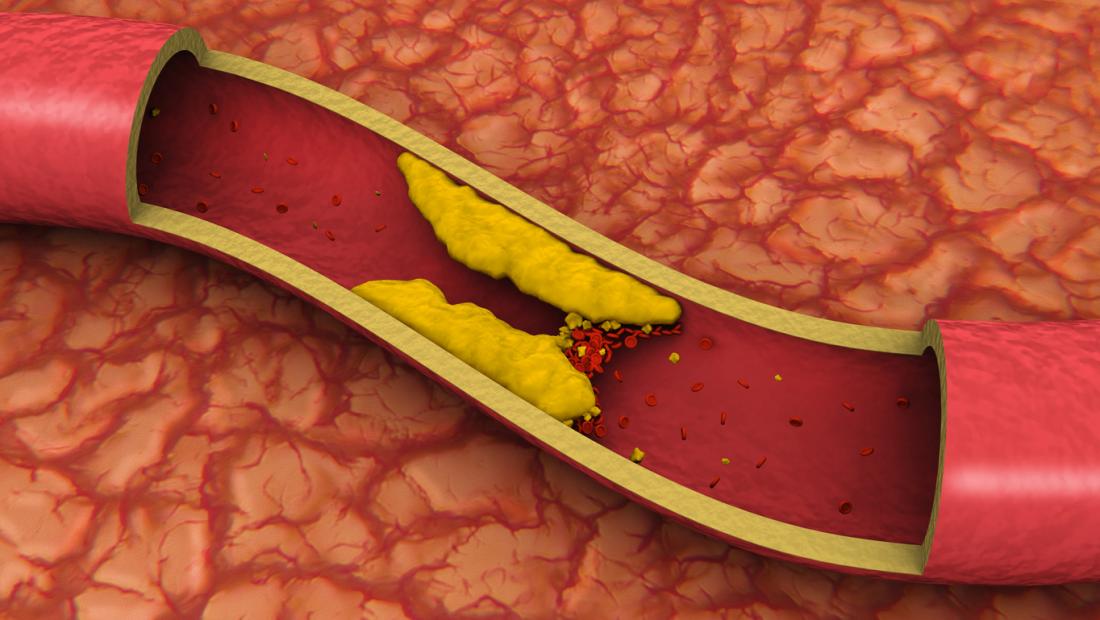Fine Beautiful Tips About How To Diagnose Blocked Arteries
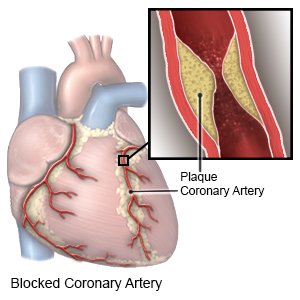
A test using a regular blood pressure sphygmomanometer and special ultrasound imaging technique to analyze and compare the blood pressure in the ankle and arm, and identify any.
How to diagnose blocked arteries. 2, fatigue, dizziness, shortness of breath, chest pain, lower back pain, cold hands or feet, pain or numbness in. The warning signs of clogged arteries of the heart are chest tightness, chest pain, or trouble breathing, especially with physical exertion. An echocardiogram is an ultrasound of your heart that can help us to assess the.
The feeling of dizziness or lightheadedness as if one is going to pass out or the act of passing out may also be a sign of clogged arteries. Syncope, (5) or the temporary loss of. Prior to the test, a contrast dye is injected into the arm to make the.
The best way to know for sure if your arteries are clogged is to meet with your doctor. Symptoms of blocked or clogged arteries can include: A ct coronary angiogram can reveal plaque buildup and identify blockages in the arteries, which can lead to a heart attack.
If the leg arteries are clogged, you may. Imaging tests commonly done to diagnose renal artery stenosis include: At the cardiac screen clinic, we can use ultrasounds to look for signs of blockages.
But keep in mind nausea is a very common sign of a blocked artery, especially if you’re experiencing this symptom with chest pain or shortness of breath. Wounds that don’t heal or heal slowly around your legs,. High levels of blood sugar and cholesterol raise the risk of.
However, it most commonly affects the legs.symptoms of peripheral artery disease may include: Your doctor can review your medical history, perform an exam, and run tests to.
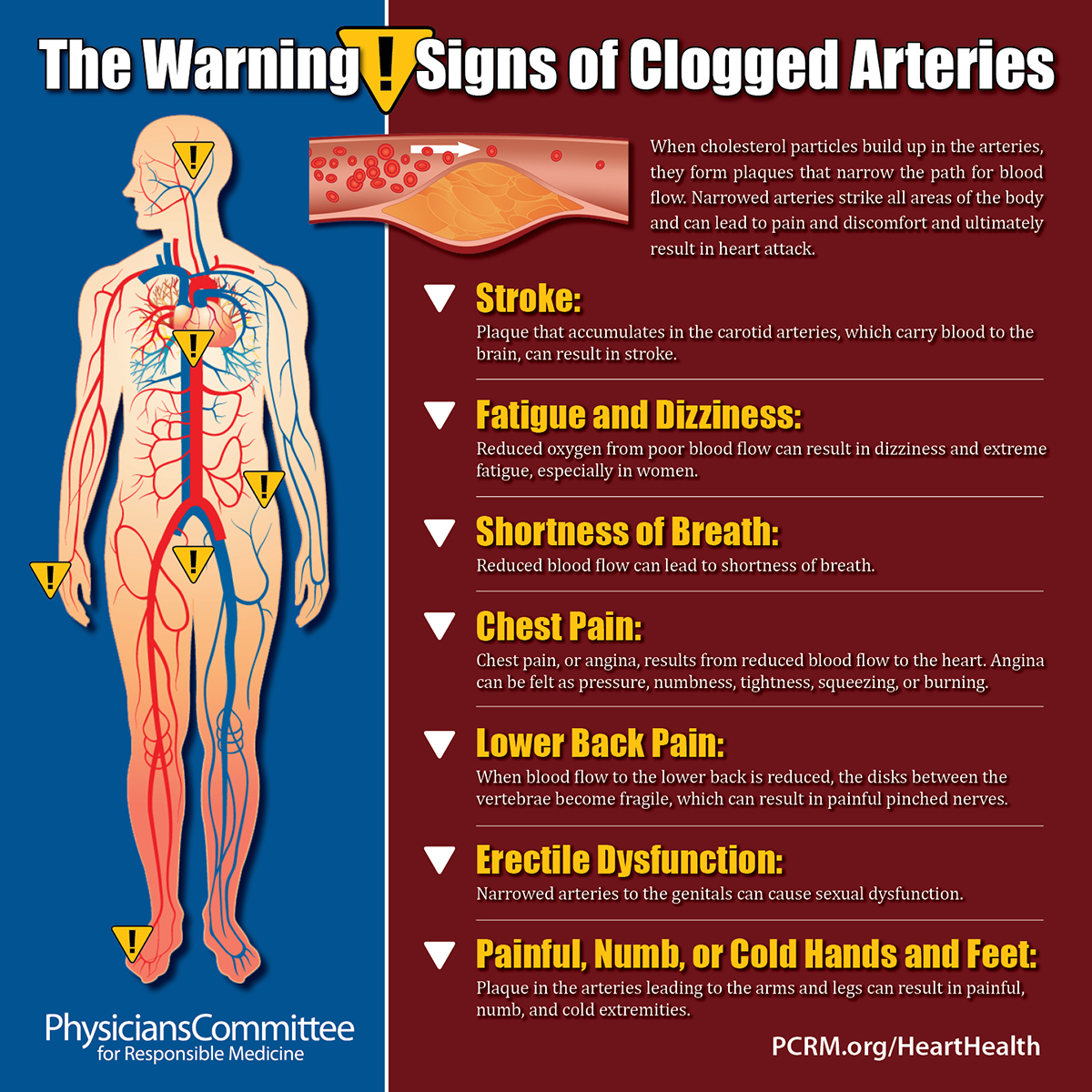
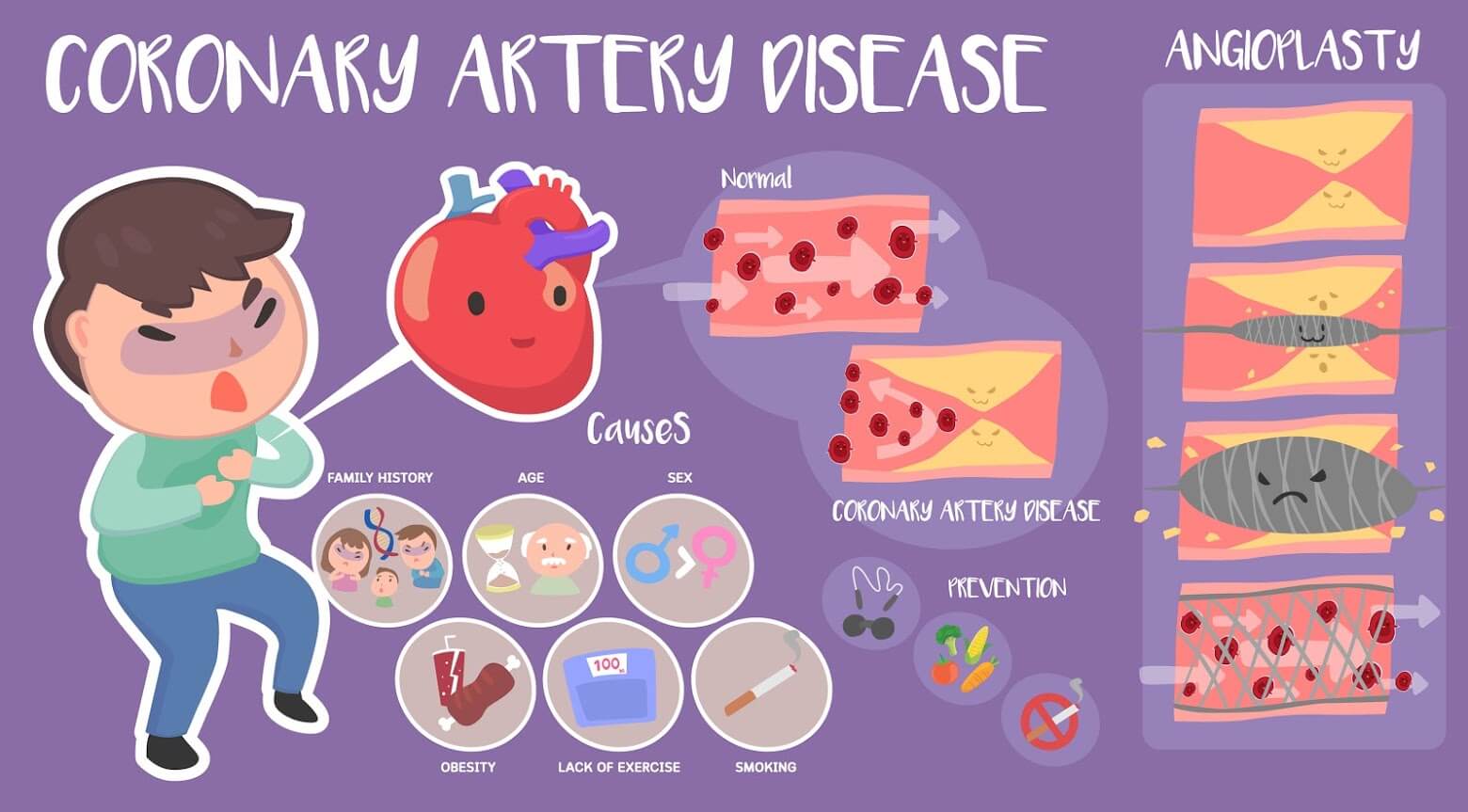

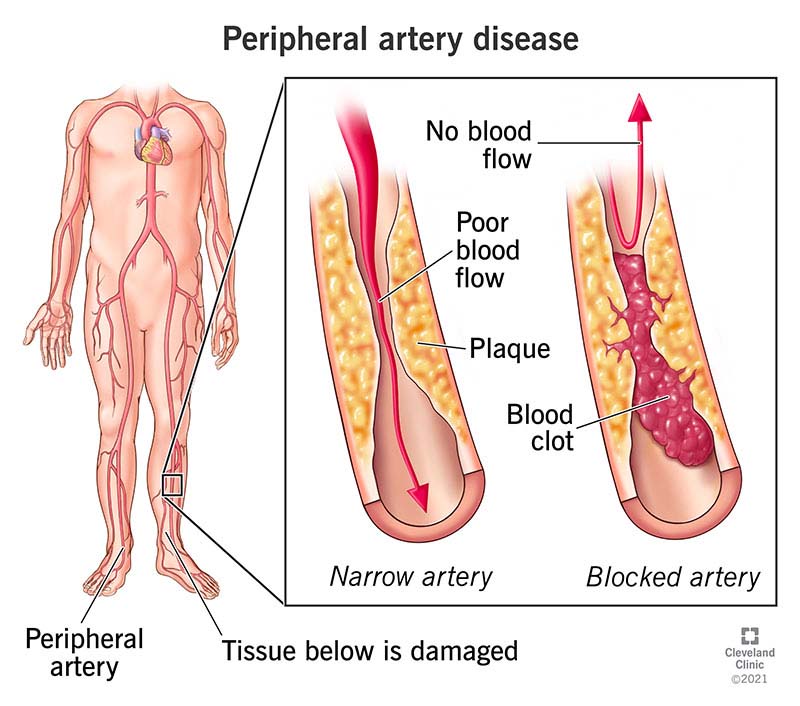
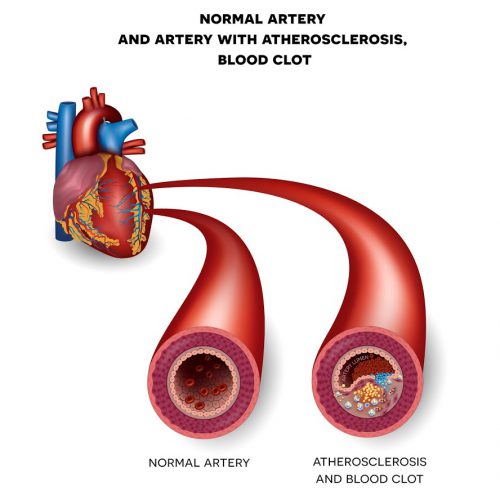

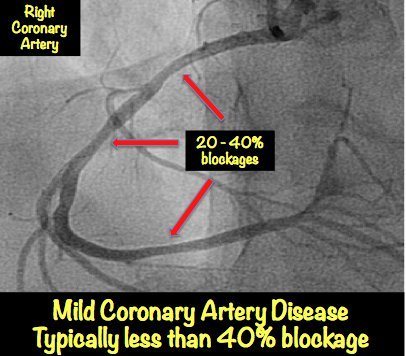


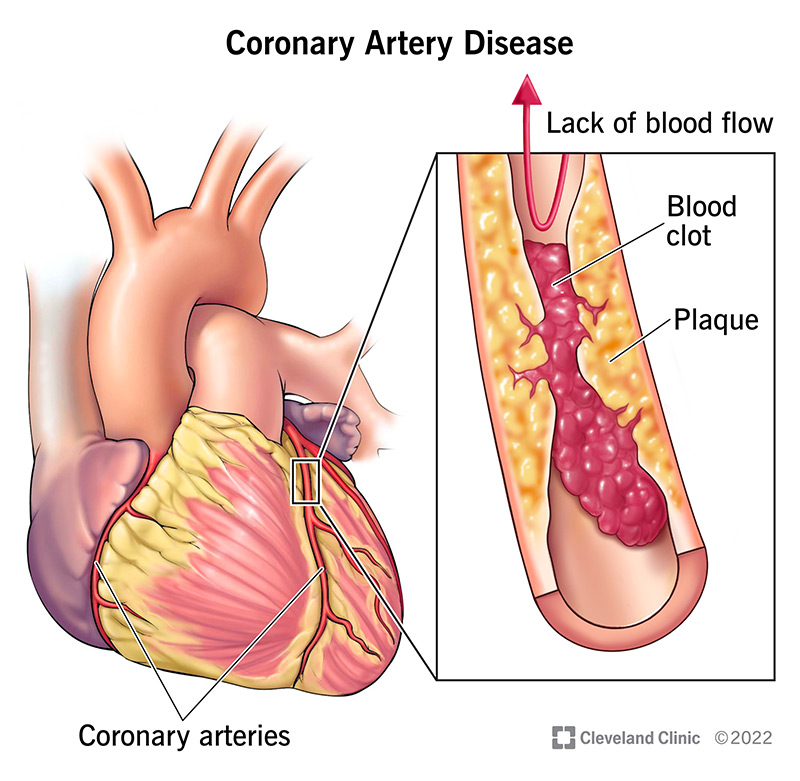
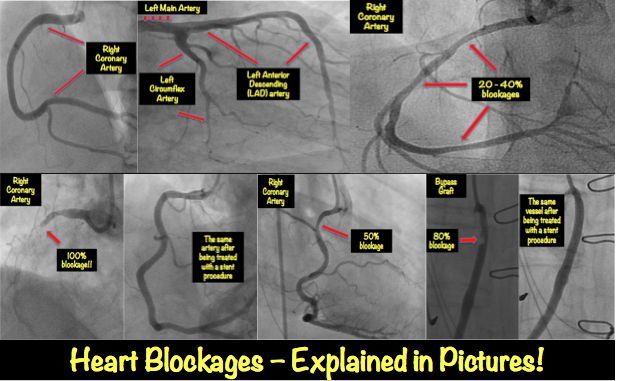

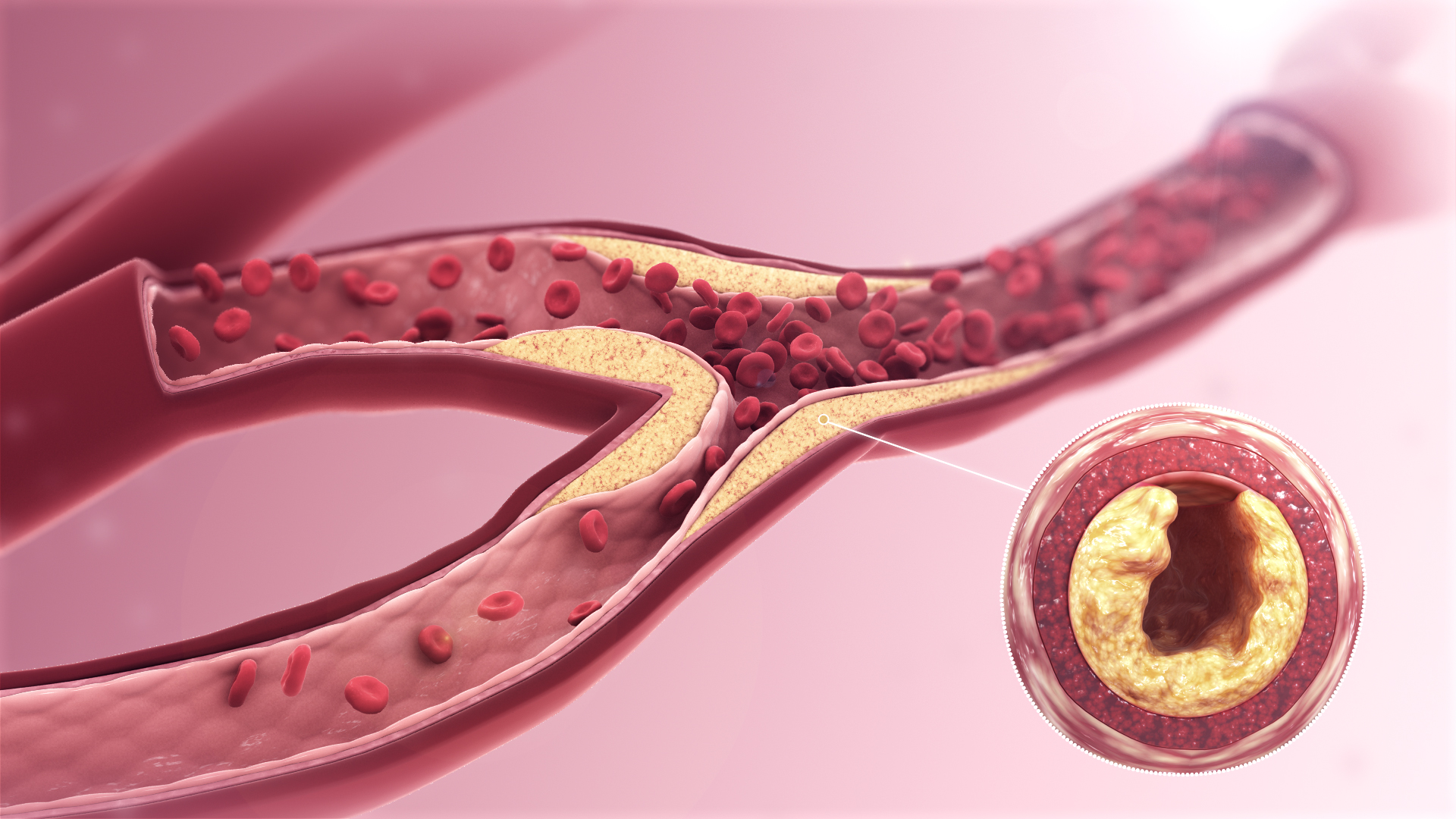



/VWH_Illustration_Risk-Factors-for-Clogged-Arteries_Illustrator_Theresa-Chiechi_Final-f4b2eeee15dd489cb1f50c421aefe8b8.jpg)

